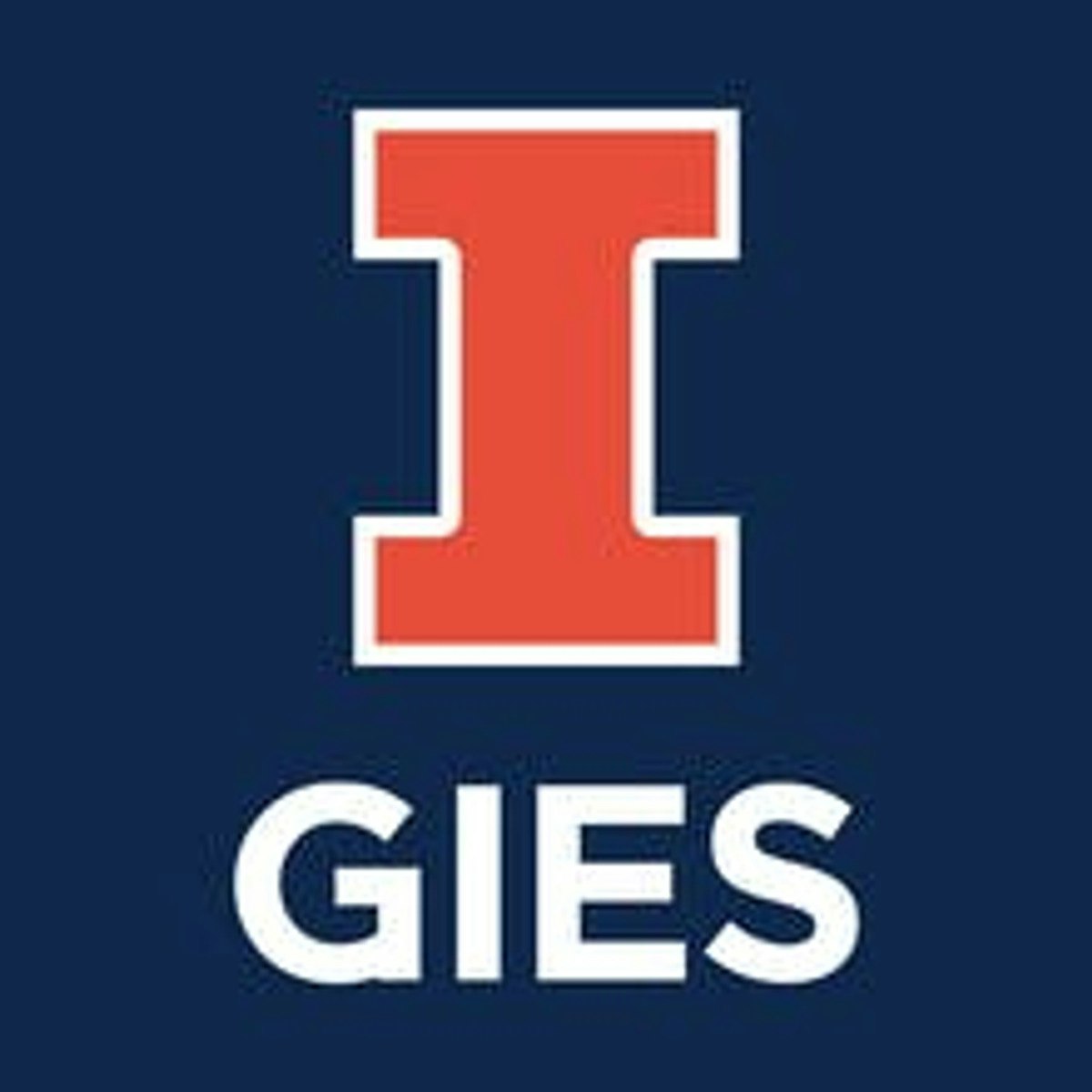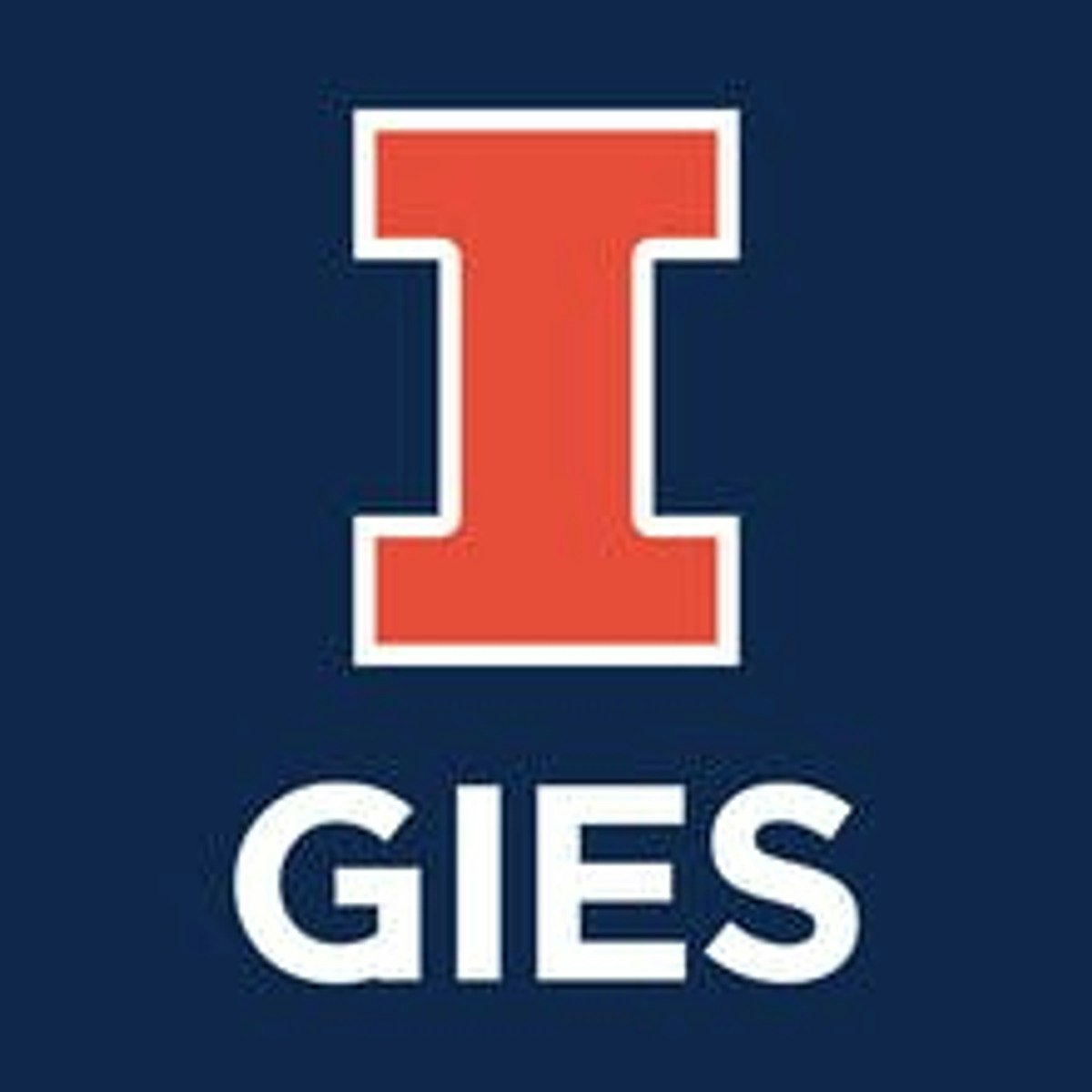Back to Courses









Finance Courses - Page 12
Showing results 111-120 of 270

Blockchain Business Models
Blockchain is an emerging and highly disruptive technology that is poorly understood. In this course you will learn what blockchain is and how it can create value by tokenization in cryptocurrencies and in many other practical applications. The applications include: stablecoins (like Facebook’s Libra and JP Morgan’s JPMCoin), machine to machine payments, identity protection, supply chain management (Walmart, Maersk, IBM), secure voting, distributed exchanges, decentralized finance, property transfers, central bank fiat crypto (e.g., Fedcoin and China’s digital Renminbi), dispensing prescription drugs, private records, intellectual property, financial reporting, and media and advertising, to name a few. The goals of the course are to: (i) provide an advanced understanding of the various blockchain technologies; (ii) determine the specific business situations where blockchain technology can be deployed to solve important problems; (iii) select the specific blockchain technology that has the best chance of success for a particular problem; and (iv) detail the risks presented by this new technology.

Financial Markets and Instruments
This course is part of a Specialization titled “Strategy and Finance for a Lifecycle of a Social Business”. The beauty of a modern decision-making framework is that it can be used to understand value creation at any level – the individual or business or societal. The applications however become increasingly complex as your lens expands from the individual to the corporate/nonprofit to the global society.
There are two building blocks of modern decision making – time value of money and risk.
This is because all decisions are made with consequences for the future which, in turn is uncertain. A deep understanding of the value of time and risk is therefore key to understanding value creation.
This third course is an introduction to markets and two financial instruments, bonds and stocks, and how they are valued using the principles of time value of money covered in the two preceding courses in this specialization. The main purpose of this course is to serve as a bridge to figuring out the risk and return that individuals or businesses must use to figure out the value of any decision. While the return on any decision is ultimately determined by its risk, bond and stock markets enable the determination of the risk and return. This may be the biggest social value created by markets. Since individuals and households ultimately provide capital to both governments and businesses though the market, this course will also serve useful for personal financial decision-making.
As indicated at the outset, the beauty of modern frameworks and tools of analysis is that they are logical and do not change depending on the purpose of business. However, to demonstrate social impact is very complex because prices for both the public good, and any harm created by our actions, are not available. It is also very challenging to determine the incremental effect of a business on society at large. The combination of these issues makes all social impact and value specific to a business, making it even more important to use the same frameworks and tools developed in this Specialization to value any business.

Forecasting Financial Statements & Valuation for Accountants
The objective of this course is to provide you with the knowledge and skills necessary to analyze, interpret, understand and use financial information to make informed decisions. We will discuss financial reporting from a user’s perspective, use a variety of tools to break apart financial reports into meaningful units for analysis, forecast financial statements, and value a firm. This course is intended to give you exposure to the issues facing users of financial statements. You will better understand your role in the financial reporting process if you know how the financial statements will ultimately be used.
Beyond the Financials: Insights, Analysis and Valuations will require you to think critically about issues for which there can be more than one “correct” answer. Hence, your analysis and conclusions must be based on sound assumptions and well-constructed analysis and arguments.

Meeting Investors' Goals
In this course, you will dive into the concepts of rationality and irrationality and understand how they impact our investment decisions and what the consequences can be at the market level.
You will first explore the different biases that we, as humans, are subjected to when facing investment decisions and how they may impact the outcomes of these decisions. Moreover, you will see how emotions and ethical concerns such as honesty and trust influence market participants. When they are considered as a group rather than individually, you will discover how rationality and irrationality can drive asset prices to and away from their fair value. Finally, you will be presented with different portfolio construction methodologies and investment styles that make up the landscape of today's portfolio management industry.
At key points throughout the course, you will benefit from the practical knowledge of experts from our corporate partner, UBS, in how to build and manage clients' portfolios.
Financial Accounting: Foundations
In this course, you will learn foundations of financial accounting information. You will start your journey with a general overview of what financial accounting information is and the main financial statements. You will then learn how to code financial transactions in financial accounting language. In the meantime, you will learn about the most important concept in contemporary financial accounting: accrual accounting. You will then critically analyze how firms recognize revenues. Finally, you will finish the course with an analysis of accounting for short-term assets where you will go into detail on how firms account for accounts receivables and inventories.
Upon successful completion of this course, you will be able to:
• Understand main financial statements and the financial information they provide
• Write a financial transaction in financial accounting language and understand how this impacts main financial statements
• Understand how accrual accounting and fundamental accounting concepts work
• Understand revenue recognition principles and how they impact main financial statements
• Account for accounts receivables and inventories.
This course is part of the iMBA offered by the University of Illinois, a flexible, fully-accredited online MBA at an incredibly competitive price. For more information, please see the Resource page in this course and onlinemba.illinois.edu.

Python 101: Develop Your First Python Program
In this hands-on guided project, we will learn Python programming fundamentals and build our first program in Python. We will learn understand variables assignment, differentiate between various data types in python such as strings, lists, integer and float, learn the difference between for and while loops, develop functions in python, perform math operations, get information from User and Print data on the screen, and develop a simple game in Python.
Note: This course works best for learners who are based in the North America region. We’re currently working on providing the same experience in other regions.

Finance of Mergers and Acquisitions: Designing an M&A Deal
This course focuses on the theory and practice of mergers and acquisitions (M&A), with a focus on the Finance. The Finance of M&A uses tools from different areas of Finance to help managers and investment bankers design successful M&A deals. In particular, we will learn to value and price M&A deals and how to choose the optimal financing mix for an M&A deal. The course focuses on all the major types of M&A deals including strategic M&A, private equity leveraged buyouts (LBOs), and restructuring deals such spinoffs and asset transfers.
The course will benefit any student who desires to increase their ability to understand and execute M&A deals, including (but not limited to), entrepreneurs, consultants, bankers, investors, analysts, corporate managers, marketers, strategists, and deal-makers of all types. The course will also deepen students’ understanding of financial modeling and capital structure, both in theory and practice.

Optimization Methods in Asset Management
This course focuses on applications of optimization methods in portfolio construction and risk management. The first module discusses portfolio construction via Mean-Variance Analysis and Capital Asset Pricing Model (CAPM) in an arbitrage-free setting. Next, it demonstrates the application of the security market line and sharpe optimal portfolio in the exercises. The second module involves the difficulties in implementing Mean-Variance techniques in a real-world setting and the potential methods to deal with it. We will introduce Value at Risk (VaR) and Conditional Value at Risk (CVaR) as risk measurements, and Exchange Traded Funds (ETFs), which play an important role in trading and asset management. Typical statistical biases, pitfalls, and their underlying reasons are also discussed, in order to achieve better results when completing real statistical estimation. The final module looks directly at real-world transaction costs modeling. It includes the basic market micro-structures including order book, bid-ask spread, measurement of liquidity, and their effects on transaction costs. Then we enrich Mean-Variance portfolio strategies by considering transaction costs.

Seeking Investment Alpha
In this 1-hour long project-based course, you will learn how to use beta to compare stock’s exposure to the systematic risk and use alpha to quantify the investment’s return over the market return.
ATTENTION: To take this course, it is required that you are familiar basic financial risk management concepts. You can gain them by taking the guided project Compare Stock Returns with Google Sheets.
Note: This course works best for learners who are based in the North America region. We're currently working on providing the same experience in other regions.
This course's content is not intended to be investment advice and does not constitute an offer to perform any operations in the regulated or unregulated financial market

Completing the Accounting Cycle
Students prepare statements relevant to year end accounting processes synthesizing what they have learned in the previous two courses. Specific topics include adjusting entries, closing entries (with a focus on the adjustment to retained earnings), the preparation of an income statement, retained earnings statement, and a balance sheet, and the procedure for recording the four closing entries. Students will also learn how to prepare the post-closing trial balance.
Popular Internships and Jobs by Categories
Find Jobs & Internships
Browse
© 2024 BoostGrad | All rights reserved